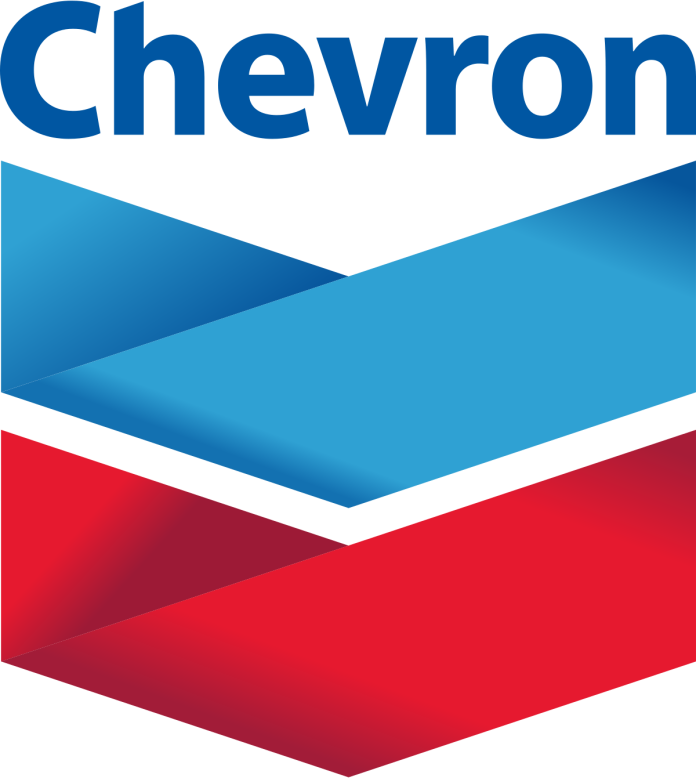Chevron New Energies, a division of Chevron U.S.A. Inc., is developing a five-megawatt hydrogen production project in California’s central valley. The project aims to create lower carbon energy by utilizing solar power, land, and non-potable produced water from Chevron’s existing assets at the Lost Hills Oil Field in Kern County. The low carbon intensity (LCI) electrolytic hydrogen will be produced through electrolysis, which is the process of using electricity to split water into hydrogen and oxygen.
Chevron’s strategy is to leverage strengths to safely deliver lower carbon energy to a growing world. Chevron believes in the value of delivering large-scale hydrogen solutions that support a lower carbon world. The facility is designed to produce two tons of LCI hydrogen per day, with the goal of supporting an expanding hydrogen refueling network.
“Hydrogen can play a vital role in our journey toward a lower carbon future,” said Austin Knight, vice president for hydrogen at Chevron New Energies. Knight added, “Chevron already offers lower carbon fuels like sustainable aviation fuel, renewable diesel and others, and this project is expected to expand the portfolio of solutions Chevron could supply to the region. I’m excited about the scalability of this solution. However, our ability to meet growing hydrogen demand and help build hydrogen fueling infrastructure in California to a commercial scale with more widespread adoption will be strongly led by state and federal energy policies that promote new lower carbon energy solutions”.
As per the press release, the development of the project is expected to span multiple years, and the start of commercial operations will depend on several factors including flexible and supportive legislative and regulatory energy policies, final engineering design, timely permitting, and obtaining the necessary materials.































